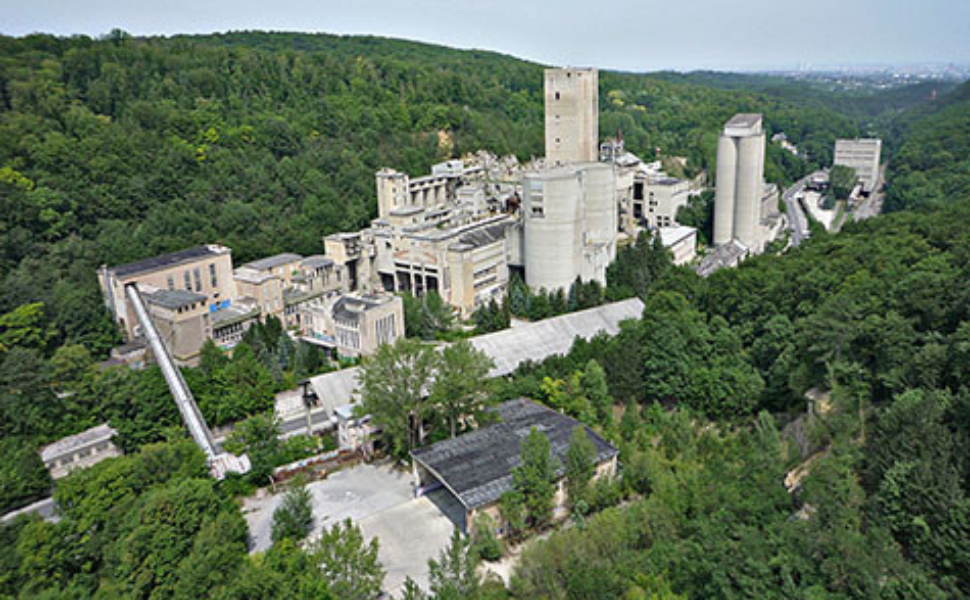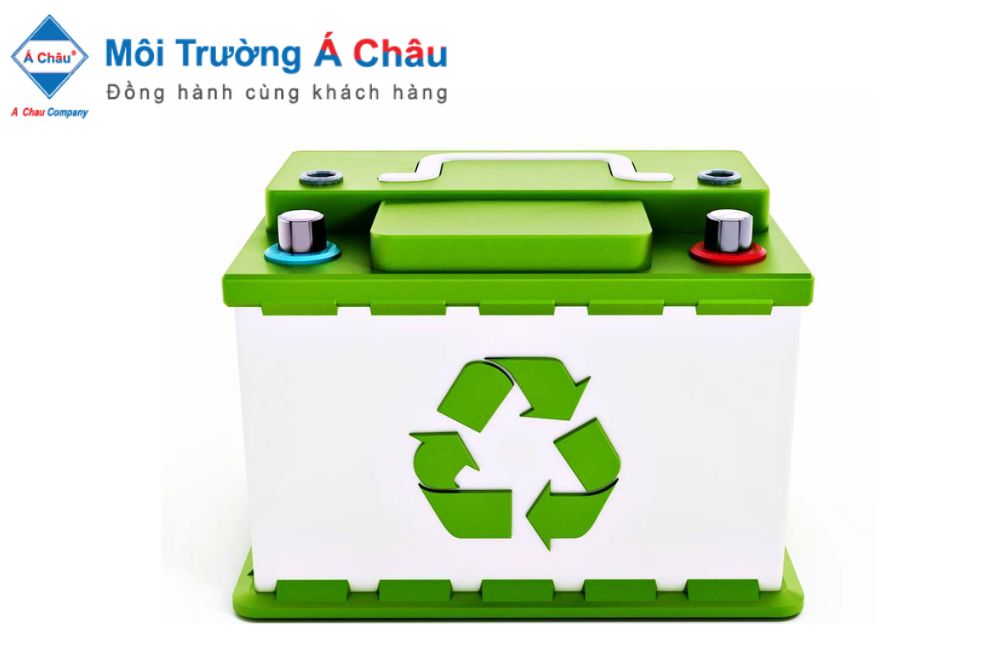Towards a Greener Cement Production Industry!
Climate change and urbanisation are two of the most powerful forces affecting the planet, with far-reaching consequences for the cement industry. New technologies promise to help this industry fulfil its Carbon Reduction targets.
Cement is a necessary component of concrete, the world's most used construction material. However, it is the result of an energy-intensive process that produces around 6% of greenhouse gases (GHG).
Global distribution of glasses. In the subsequent decades, industrialised nations will expand urbanisation and create infrastructure and housing, posing a significant danger to emissions.
In order to meet carbon reduction targets, the cement industry must use the most efficient technology, create novel products, and use promising new alternative fuels such as wind and solar energy.
The International Finance Corporation (IFC), a World Bank member specialising in private sector development, invests in the cement industry because of its critical role in economic growth and poverty eradication in developing nations. Concrete is the principal building material for the construction business.
Thus, the cement industry demands a long-term financial and profit perspective. Development organisations, such as the IFC, frequently play a critical role in assisting cement projects in undeveloped nations, where 90% of cement is consumed. IFC has a current cement portfolio of over 35 projects worth more than $1.1 billion.

The IFC's cement sector plan intends to stimulate a move toward "GREEN" cement manufacturing. In addition to promoting the use of low-carbon cement, IFC works with businesses that seek to minimise their energy use and reliance on fossil fuels. IFC thinks that there is enormous development potential in decreasing emissions and energy costs in the cement sector. These objectives may be achieved by implementing suitable financial structures and encouraging investment capital.
The use of waste heat recovery (WHR) technology is an example of a substantial investment in alternative technology. This entails capturing the surplus heat generated during the manufacturing process and utilising it to create electricity. This technique is easily adaptable to a variety of heavy industries, including steel and chemicals. Except in Japan, Thailand, India, and China, the cement industry has seen minimal adoption.
A recent report by the IFC Institute for Industrial Productivity estimates that investments in WHR can help reduce operating costs and improve profits for cement plants by 10 to 15%.
Electricity expenses typically account for up to 25% of a cement factory's overall operating costs. Waste heat recovery technology utilises residual heat in waste gases generated during the cement manufacturing process to satisfy low-temperature heating demands or produce up to 30% of total power demands.
On the other hand, we can get more reliable and cheaper energy while cutting GHG emissions at the same time.
Source: ximang.vn













